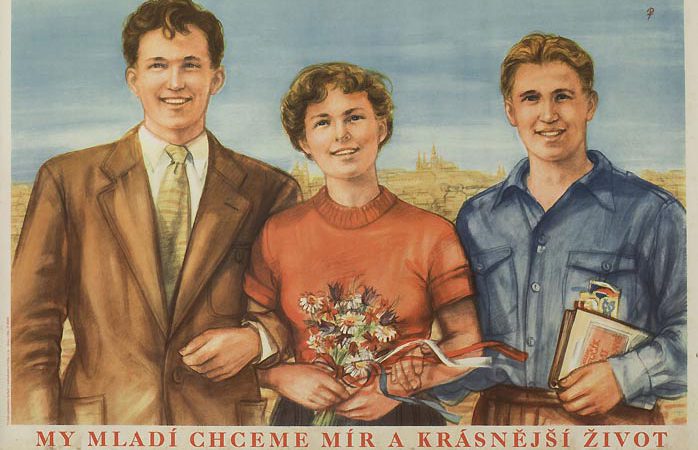
Building Our Lesson Plan: The Election Experience During Czechoslovak State Socialism
July 12, 2018The first part of our project’s journey is over! Until this point, we were putting our international team together and preparing our methodological background. That’s why, in our former blogs, we invited you to familiarize yourself with the way we work with our sources, what questions we try to ask with them and what broader problems we run into. In the next part, we’re happy to share our own lesson plans with you. These lesson plans will then be piloted in various classes and countries in the upcoming months. But first things first — in this very blog, we present the lesson plan created by the Czech team. Let us guide you through it!
This lesson plan concentrates on elections, or, to be more precise, on the phenomena of the election under state socialism. This is important to say, as we aim to teach our potential students about neither particular election outcomes nor concrete candidates, but rather what it was like to vote, how voting and elections worked in general, and what meaning they had for society.
We work with both the closeness and the distance of the topic. We assume that everyone will recognize the institution of the election from their own environment. And indeed, elections during the communist period resemble democratic ones in many aspects: people come to polling places to give their votes to candidates, so that the power is redistributed. After all, the word is the same for both: “the elections”. However, the same thing actually has different meanings. We want students to gradually realize that there was something deeply strange and distorted in the elections that took place beyond the Iron Curtain.
We’ll focus on our teaching materials in the next blog.
